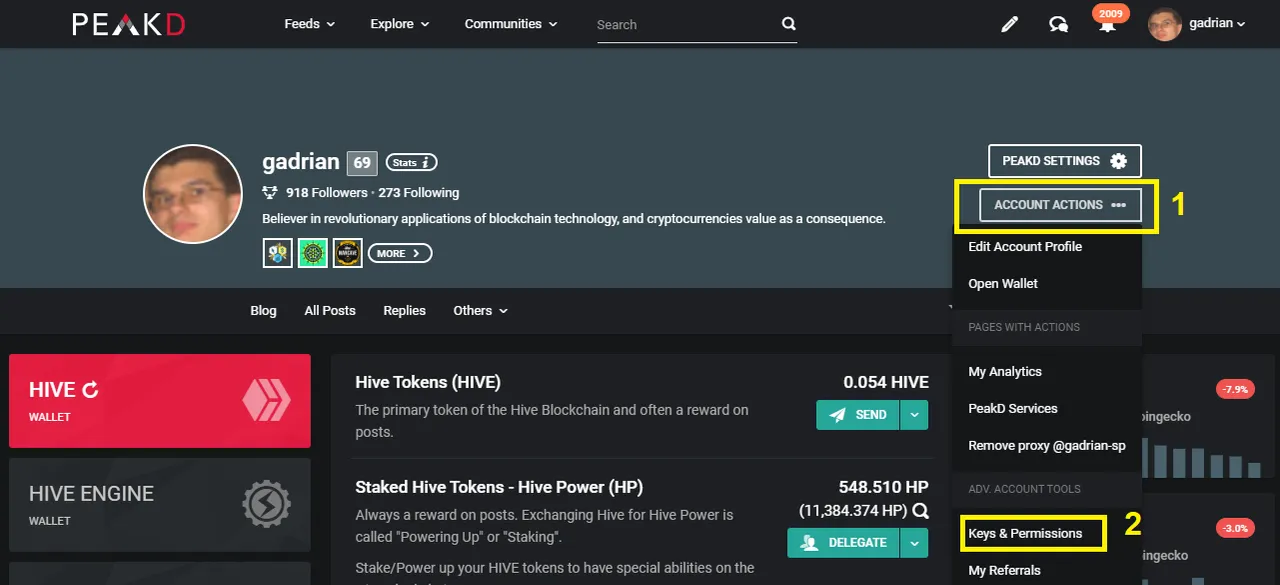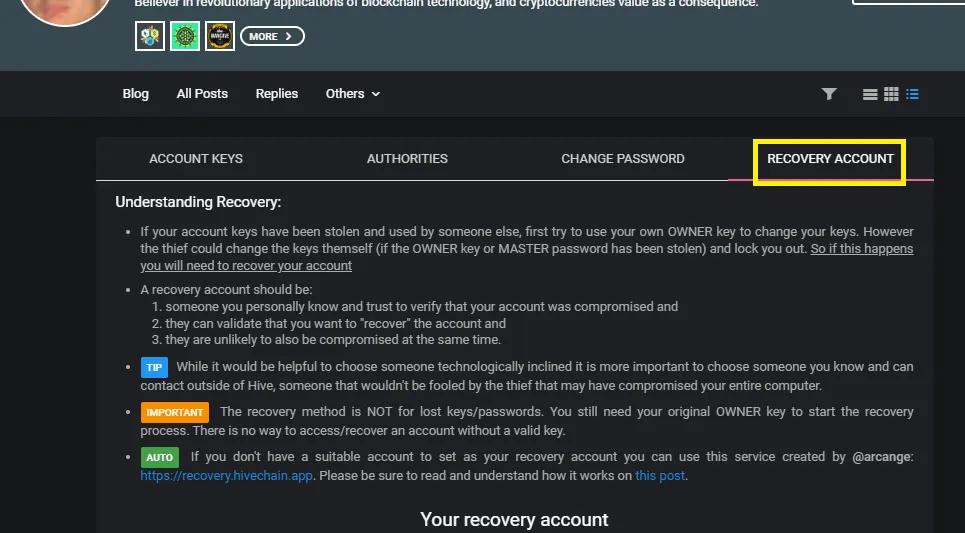When we are talking about mass adoption we must refer to Web 2.0. That's where most people still are.
And while people on web2 have a sense of ownership when they speak of their web2 accounts, we know this is illusionary and subject to censorship with blur ToS governing their access and possibility of using the services of these web2 platforms.
Crypto space came with something never seen before on the internet: true ownership of your assets, including your account/wallet.
The condition for this to happen is to be in control of your wallet's private key(s) and to have your assets in your wallet, not in something like an exchange. That's how the saying "not your keys, not your crypto" became the most important rule in crypto.
Hive is one step ahead of other blockchains when we talk about wallet addresses because they are usernames, something humans can easily remember, not long strings of characters.
But still, to access and operate your account your need to know the private keys. For ease of use, you can have the private posting key and the private active key added in encrypted forms to a browser extension like Hive Keychain.
Knowing the private key(s) is the condition to be able to access and operate any wallet on any blockchain in the crypto space.
As we know, crypto assets can become pretty valuable, and losing access to them because someone hacked your account can be very painful, and such experiences shared on the mainstream media, who can't wait to write something negative, will make many regular people hesitant to join the crypto space.
After all, in the web2 world, you lose access, you click "lost password" and receive another one. Not such a big responsibility, but also way too much power for the centralized entity holding your web2 account.
The jump from "reset password" on any website to make sure you keep your private keys safe or you'll lose your assets can be pretty scary for some.
Here's where Hive becomes less scary than the other crypto projects, once again.
While Hive doesn't have a 'reset password' feature like web2 apps (actually it has something almost similar called "reset account", but it's disabled because it can be abused), it has the possibility to recover your account in case of a hack.
Hive has the best of the two worlds. The security of private keys (multiple keys for different types of operations), combined with the possibility to recover your account, if it has been hacked. It's not the same as resetting it if you lost your private keys (you still need them or at least the owner key to be able to generate different ones), but if you have been hacked and the hacker changed your keys (including the owner key), you can still recover your account.
I'd like to see any of the multi-billion ecosystems out there having this protection against hackers. But nope, it's just Hive, as far as I know, and the other Graphene-based chains.
Account recovery is not a trivial process, but it exists. Most people who have been put in the situation to use it asked more knowledgeable people for help in these situations.
But nobody can do anything for you if your recovery account is set to the wrong account, one you trust will help identify you and help recover your account if your account gets hacked.
A long time ago I went through the entire process on the old blockchain, to write a guide. Not much can still be used from that guide. Just old memories.
This part should still be unchanged:
Let's describe the steps one would need to take to have their account recovered.
A. Contact your recovery account and send him/her a NEW public owner key for the account which needs to be recovered.
B. The recovery account owner must verify in a way that you are who you say you are, the real account owner. After (s)he does that,
C. The recovery account initiates an account recovery request, using your username and the new public owner key you provided.
D. You go ahead with the account recovery on your end, by using a recent public owner key. You'll then be asked for the recent private owner key and then your new private owner key to finally confirm it.
If I'd have to do it again, I'd probably choose the PeakD route:

From the wallet -> Account Actions (1) -> Keys & Permissions (2) -> Recovery Account (see below).

You should read the information PeadD added on that page carefully.
If you did read everything on the recovery account page from PeakD (including the linked post), then you have found this tool @arcange provides for account recovery, which has everything you need for the account recovery process.
